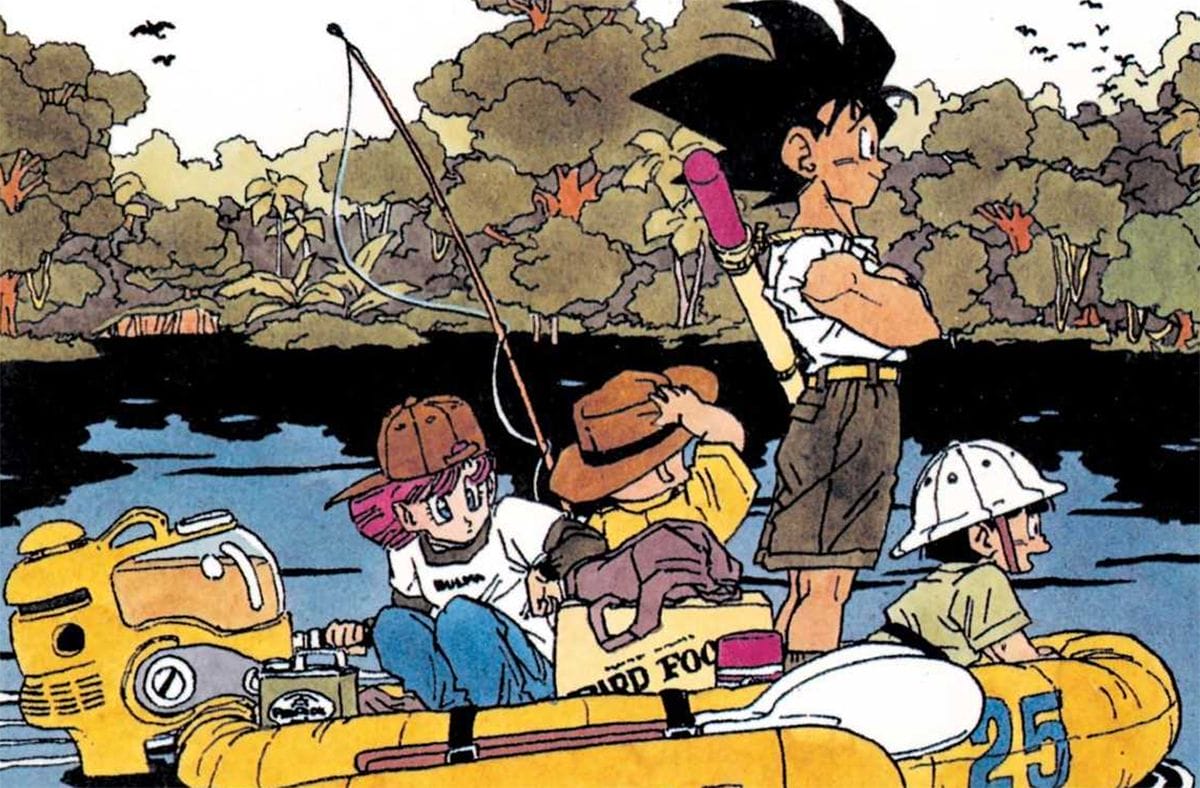
Most people who are engaged in anime and manga fandoms have heard of the bi-annual Comic Market, “Comiket.” This massive event that attracts a quarter of a million attendees takes place in the summer, and again before New Year’s Day in Tokyo, Japan, at the event space known as “Big Sight.” Begun in 1975, Comiket has grown to become the world’s largest comic-media event.1
As most not-entirely-newbies know, Comiket largely focuses on doujinshi (small press or self-published media) parodying well-known anime and manga franchises. Groups of creators, known as “circles,” each rent a table to sell their current and past works. The term “doujinshi” is commonly used for small pamphlet comics, but may also include CDs, games, novels, and non-fiction materials.
While Comiket is internationally renowned, there is another Big Sight comic event that is just as important. Held several times a year at Big Sight, with satellite events in different prefectures, Comitia is another fascinating look at doujinshi culture in Japan.
On December 3, 2023, I returned to Big Sight for the first time in almost five years to join tens of thousands of other fans. Unlike Comiket, Comitia highlights original works by creators across multiple media. Illustrators, newsletter publishers, comics creators, and other creatives gather together for this one-day festival of the unknown.
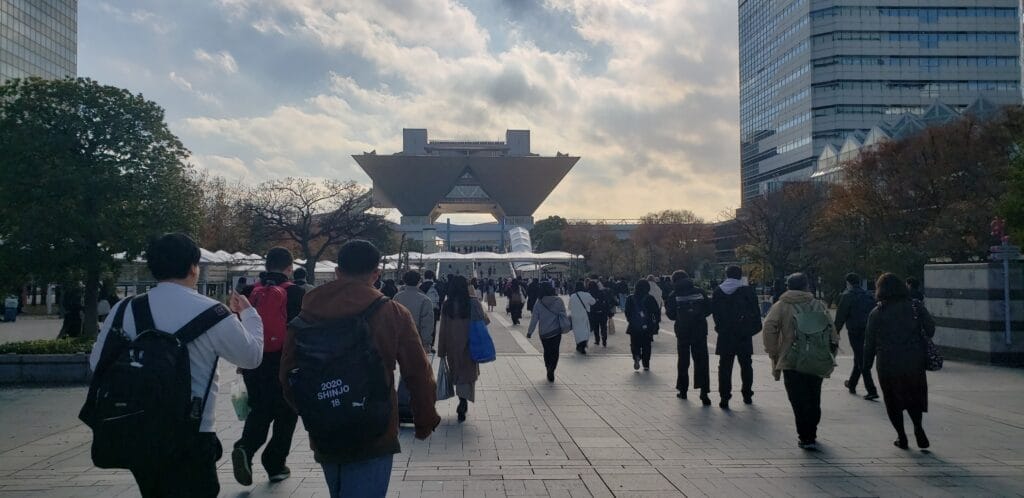
Folks new to comic markets can become overwhelmed at the size of Big Sight where, during Comiket, circles fill the six massive East Halls and two smaller West Halls, with blocks of tables loosely clustered together by topic. One may find themselves lost in parodies of Shonen Jump’s most popular series, and block after block of stories about one popular manga can make one’s brain begin to melt. Also confusing to first-timers are the areas of doujinshi that look like meticulously constructed timetables for planes, trains, and ferries, or lovingly drawn stories about capybaras or cats, or whatever interests that circle this year.
On the flip side, the energy at Comitia is unique. The thrill of discovery is present at any comic market, but Comitia, which only is held in Big Sight’s two West Halls, lacks the frenetic rush to buy that fills the bigger event. Like Comiket, larger circles are on the outer edges of the halls and may have more space to sell. But, unlike its larger cousin, Comitia has no circles with massive lines that wind their way out of the building.
Naturally, arriving earlier means you’re more likely to get your favorite circle’s new book. And, unlike at Comiket, there’s no rush of people crowding to get to the biggest names, or buying out a creator’s books to list on eBay. Still, by the time I wandered into the halls late, at about noon, some circles were already sold out…amazing since the event had only started an hour earlier.
The energy at Comitia is less frantic, more relaxed, yet still intense with creativity. These doujinshi are people’s personal passion projects, placed front and center. One can find circles at Comitia that are members of various subcultures presenting research on themselves; in fact, university “research groups” often can be found selling their newsletters. Popular manga artists might participate in Comitia to sell their own works as doujinshi in the form of side stories or codas to their mainstream work. Or, perhaps they have an idea that couldn’t be published in a magazine for some reason. Comitia is the ideal place to present something like that.
I have a habit of walking up and down aisles simply to enjoy people’s presentations of their work, the goods they make to sell alongside it, and occasionally to buy a hand-drawn photocopied comic by some young person – and get them to autograph it. Who knows, maybe one day, they’ll be famous!
To enter Comitia, you buy a catalog. This year’s catalog design was clever, mimicking a typical table layout one might see at the event, with doujinshi characters coming to life
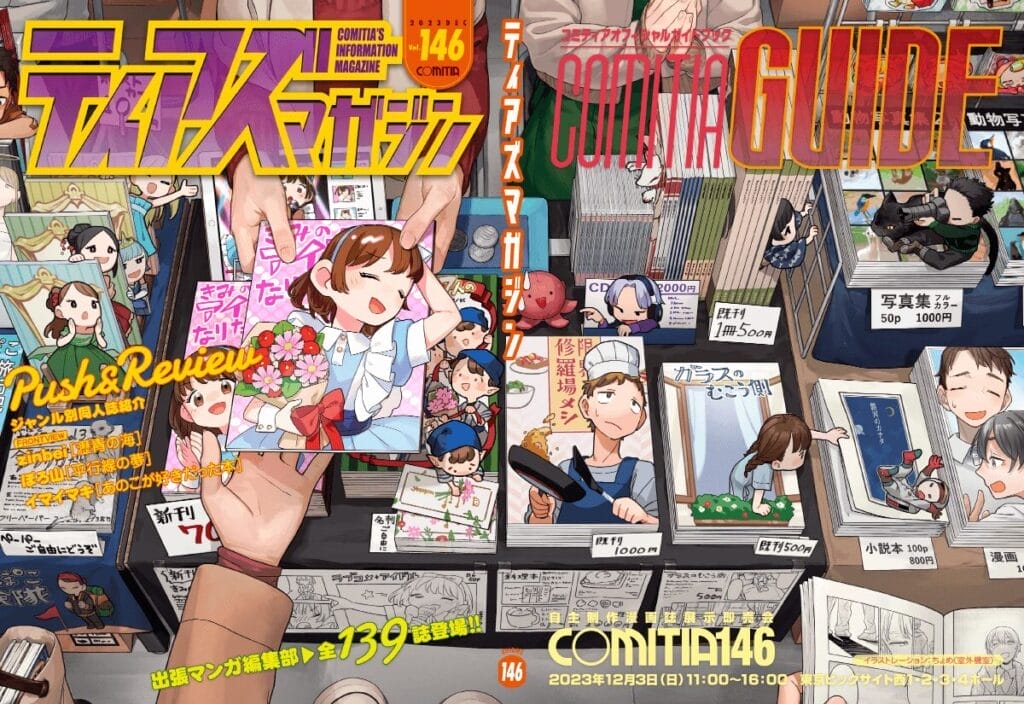
The catalog can be purchased ahead of time and, if you are new to the event, I highly recommend doing so. Though Comitia only occupies the West Halls of Big Sight, it is still a vast space, and knowing where you want to start helps. Artists who are attending will often share their location on social media, so pick up that catalog and turn to that section, and browse the circles around them. Comitia also offers an online catalog before each show, but you’ll still need to buy a physical catalog to enter the event, as it functions as a ticket.
So, bring a big bag. You’ll be carrying that catalog along with everything you buy there!
Once you have entered, you’ll pass booths of books and items about creating various forms of art, as well as printing companies and publishing company booths. There was even a booth selling fresh, local baked goods and another selling honey, both in the main entrance area. Moreover, some of the manga magazine publishing companies now do portfolio reviews for their online editions on-site.
And then you enter the West Hall, and are subjected to a dizzying array of tables selling books and small goods on every subject you can think of. Subcultures of all kinds are represented, from curling, to airplane spotting. We, personally, picked up a number of beautiful books by Nadeshico Rin on the infamous Kabuki Heroines2, along with some of her stylish work on kimono design.
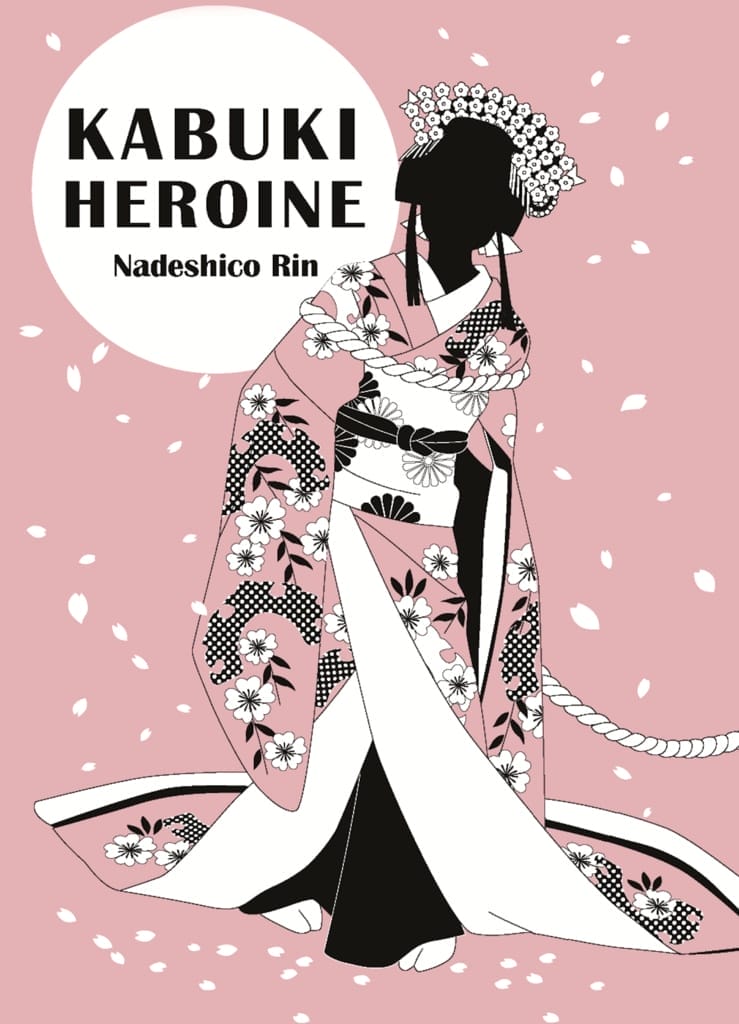
As for me, I headed to what has been the most incredible experiment of my life – watching the Yuri section rise from a few tables scattered around the show, to a whole block (or even several blocks at past shows) of folks drawing Yuri doujinshi. I was specifically there to meet and greet a few folks, including Natsuo Mutsumi-sensei3, of whose work I have been a huge supporter, and the folks from Yuri Café Anchor, a queer-friendly Yuri café in Shinjuku which has been publishing an incredibly creative endeavor the last few years. Café visitors create a “senryū,” a poem written in the same syllabic pattern as haiku, but which focuses on people and our foibles. In this case, the senryu sketches a realized Yuri scenario. These are then illustrated by Yuri artists and given short stories by Yuri writers. It’s a paean to classical Japanese writing and modern Yuri genre tropes in one amazing little book.4
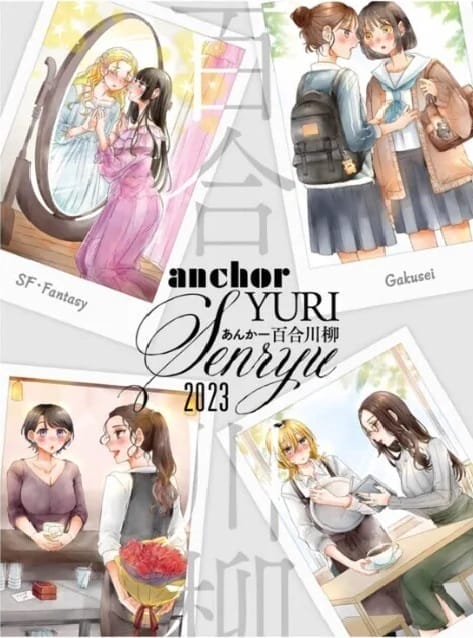
This year saw several artists with doujinshi of their published Yuri books, notably, Futaribeya’s Tsukiko-sensei5 and Futari Escape’s Taniguchi Shouichi-sensei6. I was able to pick up a book, get it personalized, and thank the artist. And this is where we get to the heart of what makes comic market events so special.
Before social media, these markets were the best chance for fans to meet and greet their favorite writers and artists. While social media has made parasocial relationships more accessible, there is still something very exciting about being able to tell an artist whose works have changed your life just that, in person. I often fondly recall babbling incoherently at my favorite artist one year at Comiket. Years later, she designed a bag that expresses what she’s probably heard a thousand times – the blithering of the otaku fan. I bought it immediately. But here at Comitia, without Comiket’s long lines, and the pressure of getting through the crowds, one could take a moment and just…talk.
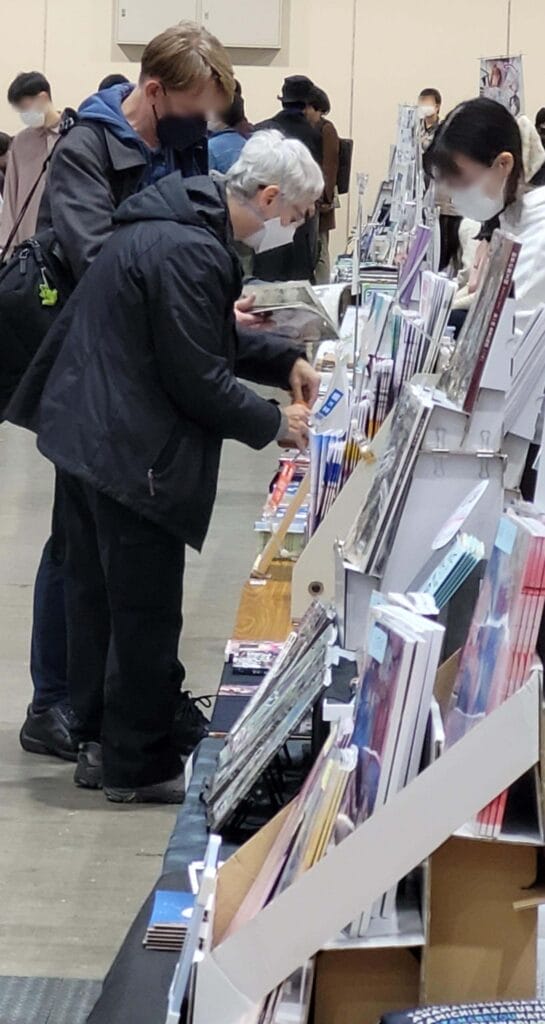
So while the media has discovered Comiket, if you love manga, if you love the making of manga, the publishing of manga, the selling of manga, Japanese subcultures, and the chance to chat with your favorite artists, I suggest you visit Comitia in Japan. It’s not “Comiket Lite.” Comitia is an event with its own heart and soul, lovingly made by hand.
Discover more from reviewer4you.com
Subscribe to get the latest posts to your email.



